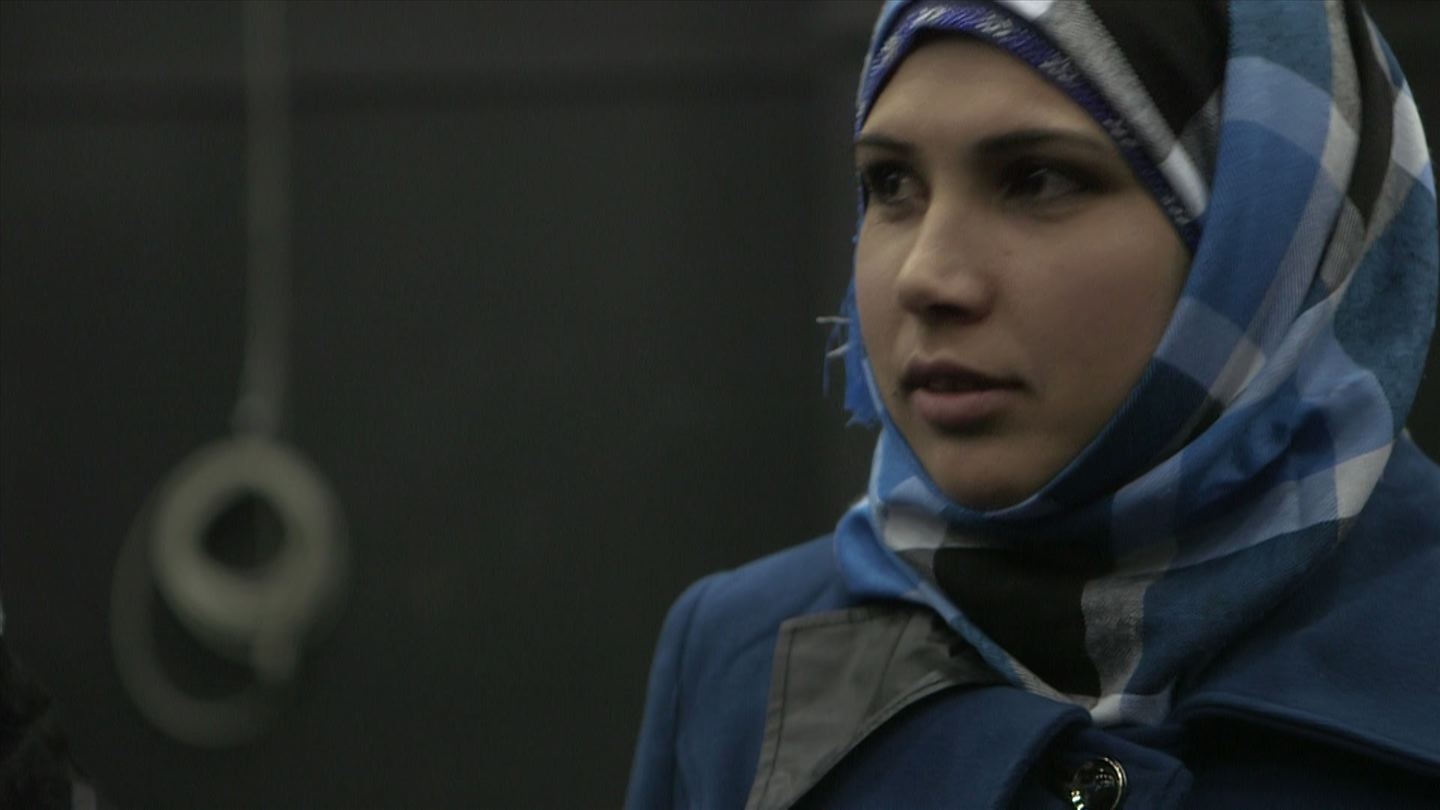
15 Dec 2014
Sixty women signed up, none of whom had acting experience, committing to seven weeks of rehearsals and workshops before curtain time. All wear hijabs (headscarves), while some are dressed in niqabs (face veils with just the eyes showing). As the days count down, the attrition rate increases, until 25 remain three weeks prior to the performance. Reasons vary: Some husbands aren’t comfortable with the idea of their wives on stage, while others fear retribution from Syrian authorities should they attempt to return home. Abu Saada is very clear that only those wanting their names in the program will be listed, yet the sense of apprehension, along with cultural stigmas, can weigh heavily. Fedda’s interest is the process — how these traumatized women react to Euripides, and how they respond to Abu Saada and coach Mohammad’s exercises, in which they’re given freedom to incorporate their stories into the performance. Some blossom: Confident, sociable Fatima sees the play as a way of communicating and understanding her experiences: “Hecuba is so close to me.” Another identifies with Cassandra and her desire for vengeance. As the weeks pass, those who remain visibly relax before the cameras, benefiting from the experience of working together as a group and the energy that comes from the act of self-expression. The final staging is both choral and singular, the stark immediacy of their traumas given added potency, thanks to the uniform blackness of their clothes and the minimalist production design. “I have reached the end of my sorrows,” the women recite in unison, similar to Hecuba’s line as she departs from Troy: “This surely is the last, the utmost limit this, of all my sorrows.” Like Euripides, Fedda knows this is a sorrow that lingers, and as their refugee status becomes ossified, and the women face ever more difficult decisions about the possibility of returning to a destroyed country, their grief will not have reached an end. Fedda mixes observation, direct interviews, and occasional footage of the women’s lives outside the workshop with scenes from the play (the docu is a great advertisement for the “Syria Trojan Women Project”), packing just the right amount of context into the film’s modest length. Shots of Amman’s crowded, hilly cityscape have a nondescript flavor, situating the action in Jordan while silently communicating the idea that this is a foreign place for these women.

 عربي
عربي